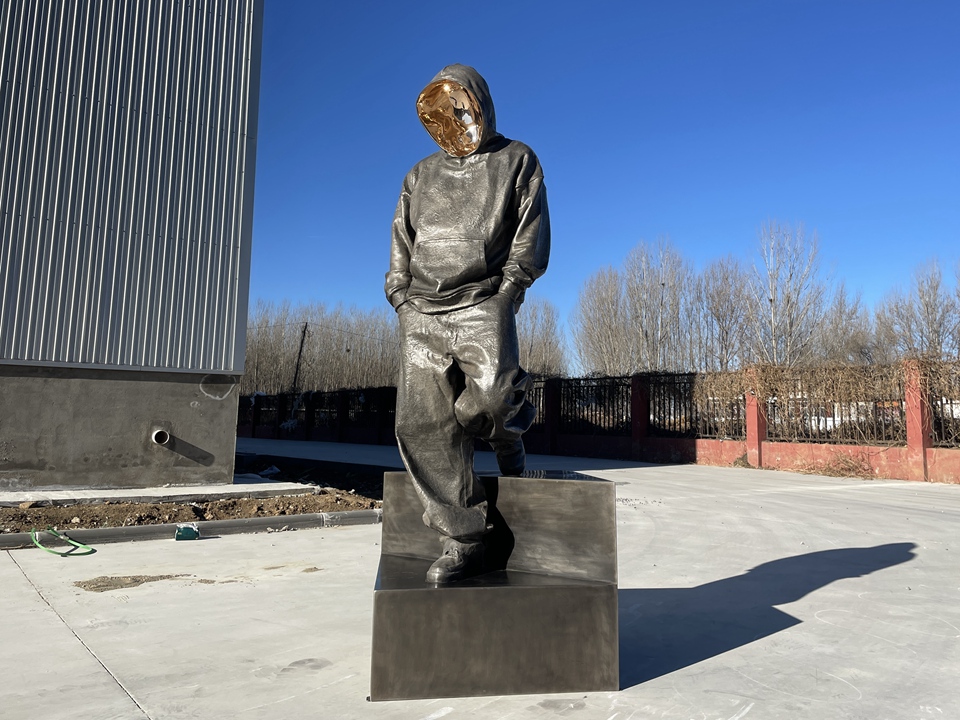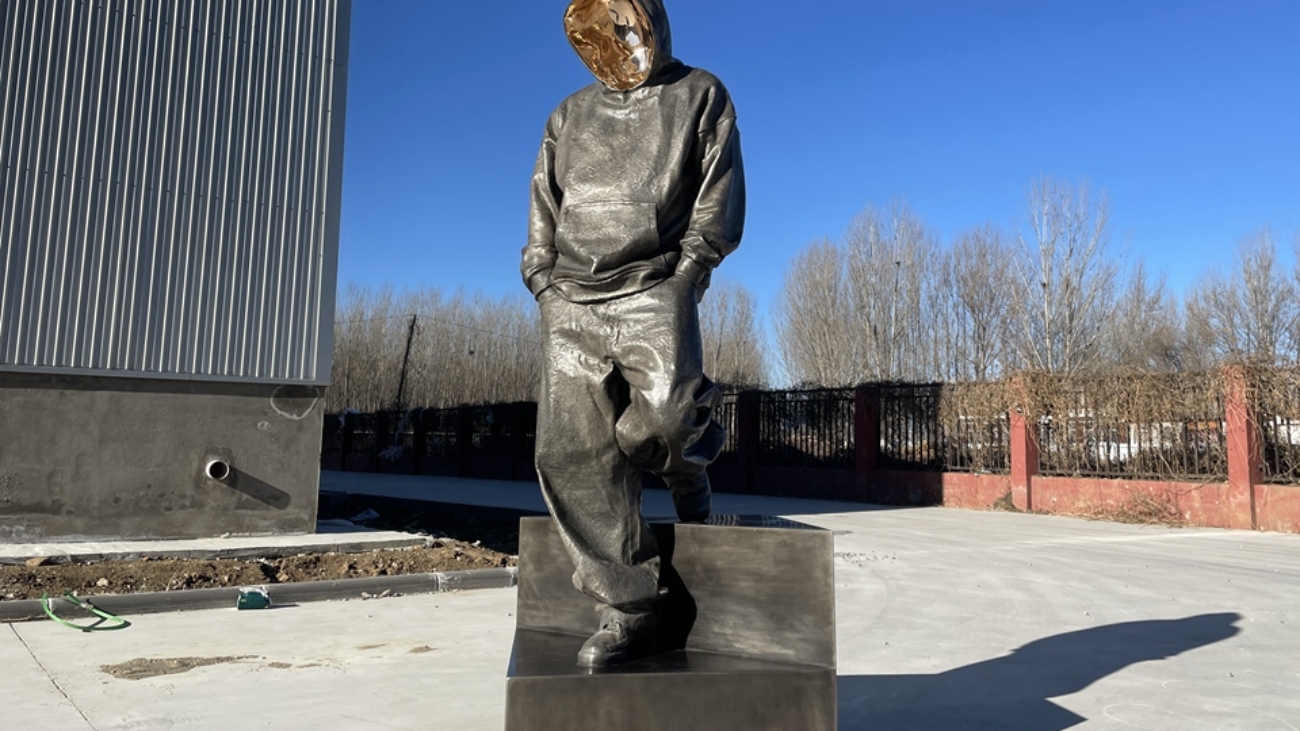Outdoor bronze sculpture has become a cornerstone of public art, transforming parks, plazas, and urban landscapes into dynamic galleries without walls. Unlike fragile mediums that crumble under sun, rain, or frost, bronze’s resilience makes it ideal for permanent installations, ensuring that artistic visions endure for generations. This fusion of durability and creativity allows outdoor bronze sculpture to engage audiences in unexpected ways, sparking conversations about history, nature, and human connection. From monumental figures to abstract forms, these works redefine how we interact with public spaces, turning everyday environments into sources of inspiration and reflection. This article explores the unique appeal of outdoor bronze sculpture, highlighting its technical advantages, cultural impact, and evolving role in contemporary design.

The Science of Survival Bronze Thrives Outdoors
Outdoor bronze sculpture owes its longevity to a combination of material properties and artistic craftsmanship p.Bronze, an alloy of copper and tin, develops a protective patina over time—a thin layer of oxidation that shields the metal from further corrosion. This natural process, which can take decades, results in rich, earthy hues ranging from deep greens to warm brow ns, adding depth and character to each piece. Artists often accelerate or manipulate this effect using chemical treatments, creating custom finishes that complement their intended aesthetic. For example, a sculpture placed near the ocean might feature a salt-resistant patina to prevent premature degradation, while one in a desert climate could showcase a sun-bleached to ne. Unlike marble or stone, which can crack under freeze-thaw cycles, bronze remains stable, making it a reliable choice for regions with extreme weather.
From Monuments to Playground: The Versatility of Outdoor Bronze
Outdoor bronze sculpture transcends traditional boundaries, adapting to diverse contexts and audiences. Historic examples include Auguste Rodin’s The Thinker(1902), created for the gates of a Parisian museum but now replicated in parks worldwide, inviting passersby to pause and reflect. In contrast, contemporary artists like Jaume Plensa design interactive bronzes, such as his Crown Fountain in Chicago, which combines sculpture with water features and digital screens to create a multisensory experience. Urban planners increasingly use outdoor bronze sculpture to revitalize neglected areas, turning empty lots into cultural hubs. A 20-foot-tall bronze tree in Seoul’s Gyeongui Line Forest Park, for instance, serves as both a landmark and a gathering spot, its branches doubling as seating for visitors. This adaptability ensures that outdoor bronze sculpture remains relevant across generations, evolving alongside societal needs and artistic trends.
The Process Behind the Permanence: Crafting Outdoor Bronze Sculpture
Creating outdoor bronze sculpture requires meticulous planning and technical expertise. The process begins with a concept, often developed through sketches or digital models, followed by the creation of a full-scale clay or wax prototype. This model is then encased in a mold, typically made of silicone or plaster, which captures every detail of the artist’s vision. The lost-wax casting method, a centuries-oldtechniquee, is used to transform the mold into bro nze: molten metal is poured into the cavity left by melted wax, resulting in a hollow sculpture that’s lighter and more cost-effective than solid castinAfterter cooling, the piece undergoes chasing—a process of refining surfaces with chisels and sandpaper—and patination to achieve the desired color. Finally, a protective coating is applied to enhance durability, ensuring the sculpture withstands environmental stressors. Many foundries now incorporate sustainable practices, such as recycling scrap bronze and using eco-friendly patination chemicals, aligning the medium with modern environmental values.
Outdoor Bronze Sculpture as a Community Catalyst
Beyond aesthetics, outdoor bronze sculpture fosters social cohesion by creating shared spaces for interaction and dialogue. Public commissions often involve community input, ensuring the artwork reflects local culture and priorities. For example, a bronze sculpture in Vancouver’s Chinatown celebrates the neighborhood’s immigrant history, while a series of animal figures in a London park encourages children to explore and learn about wildlife. These installations also boost local economies by attracting tourists and inspiring events like sculpture walks or outdoor exhibitions. In educational settings, outdoor bronze sculpture serves as a hands-on learning tool, with schools commissioning pieces that align with curriculum goals in art, history, or environmental science. By bridging the gap between art and everyday life, outdoor bronze sculpture strengthens community bonds and promotes a sense of belonging.
Conclusion: The Timeless Appeal of Outdoor Bronze Sculpture
In an era of rapid change, outdoor bronze sculpture stands as a testament to art’s power to endure and evolve. Its ability to withstand the elements while captivating audiences makes it a favorite among artists, planners, and the public alike. From ancient civilizations to cutting-edge contemporary projects, outdoor bronze sculpture continues to redefine how we experience space, memory, and creativity. As cities grow and climates shift, this medium will remain a vital tool for shaping environments that inspire, challenge, and unite us. For collectors, creators, and communities,o bronze sculpture is more than an investment—it’s a legacy etched in metal, a dialogue between past and future that unfolds beneath open skies.



Add a Comment